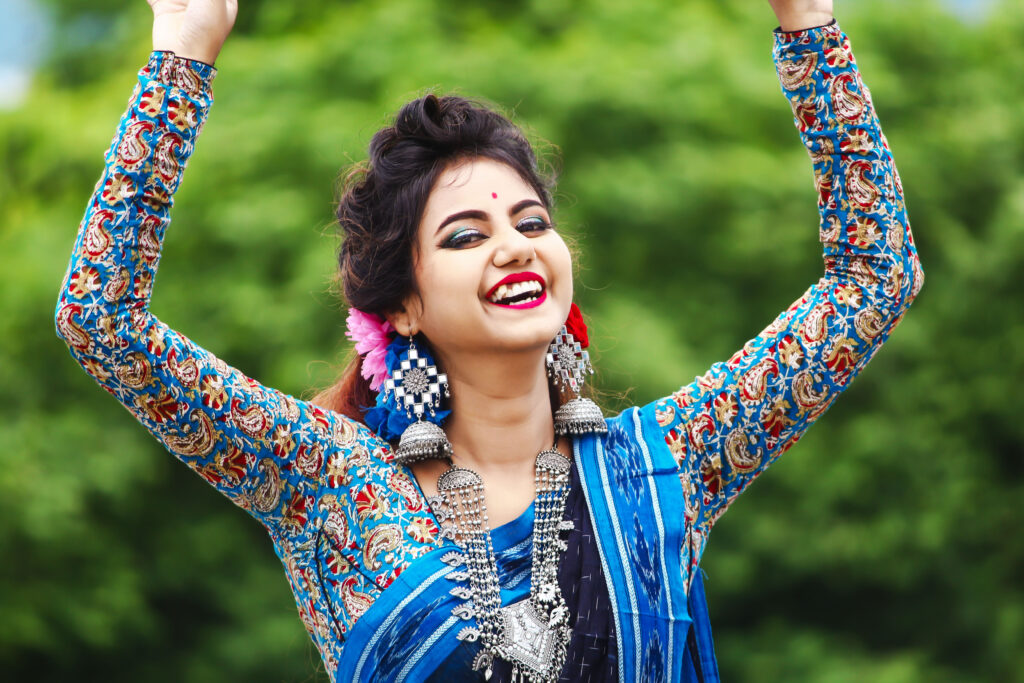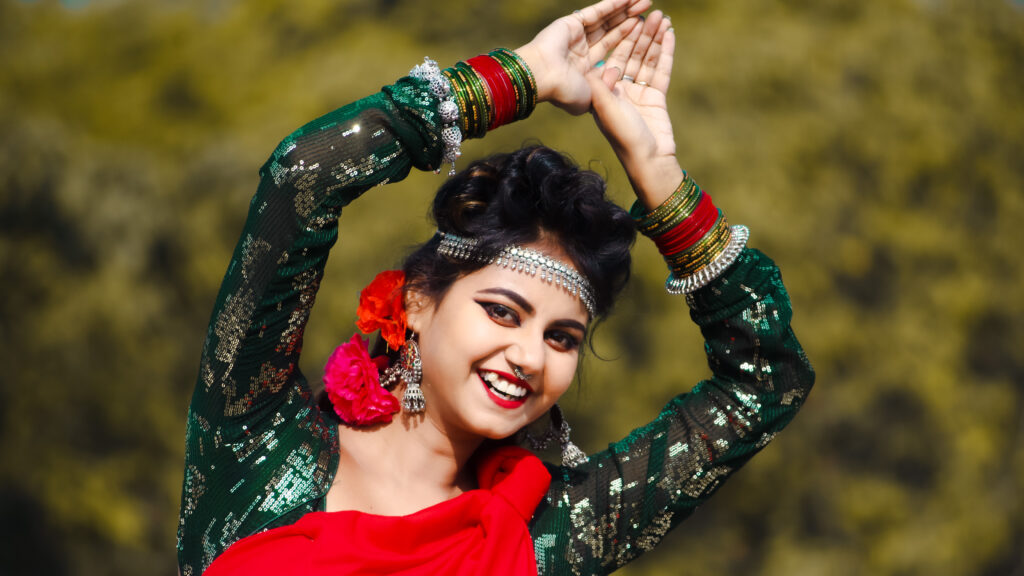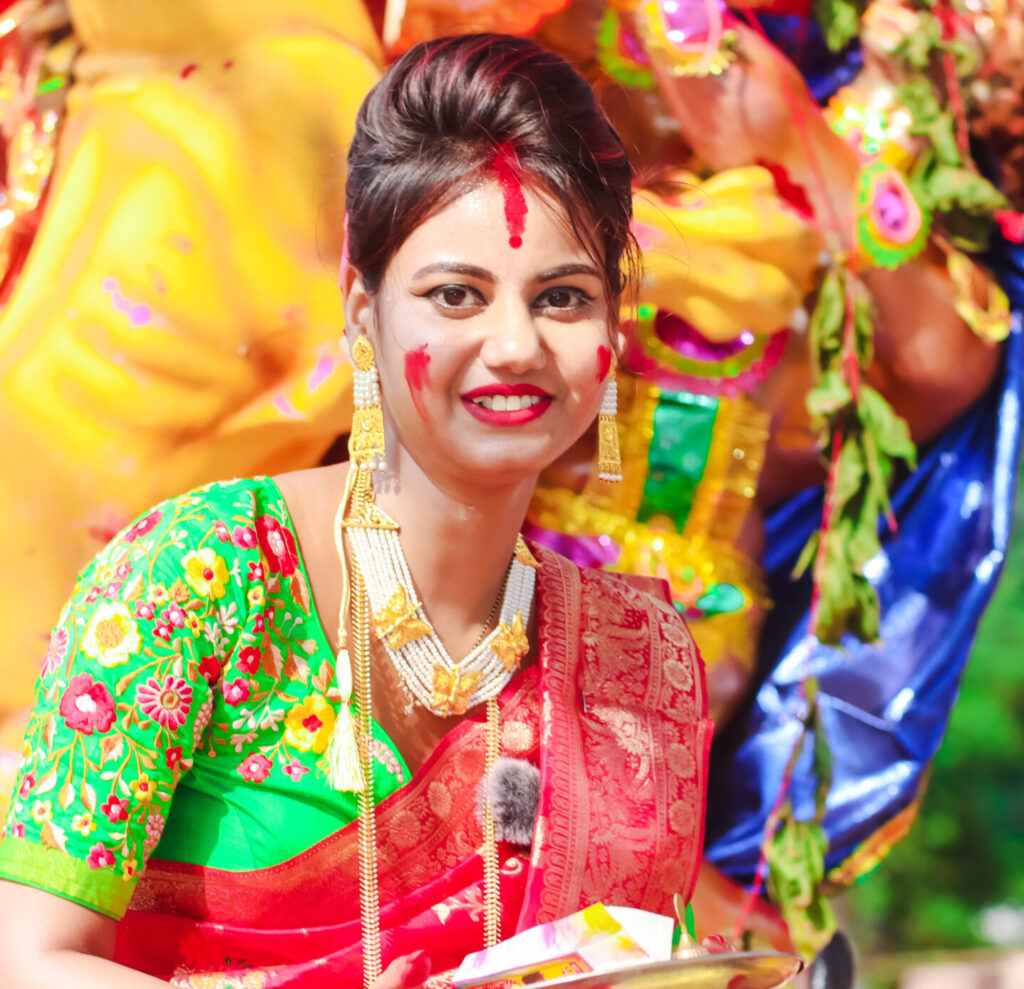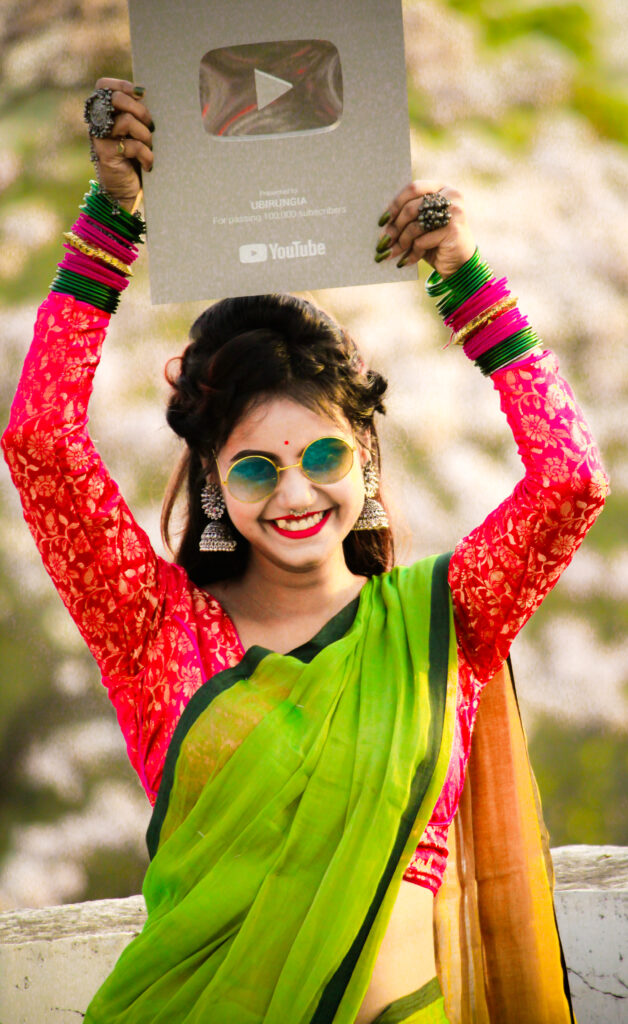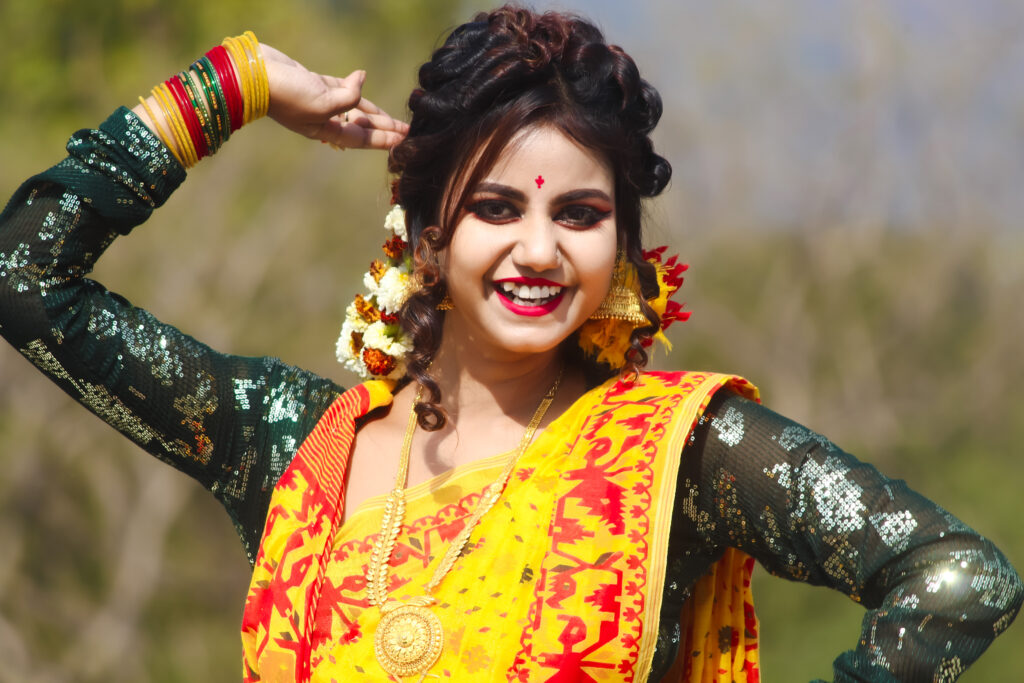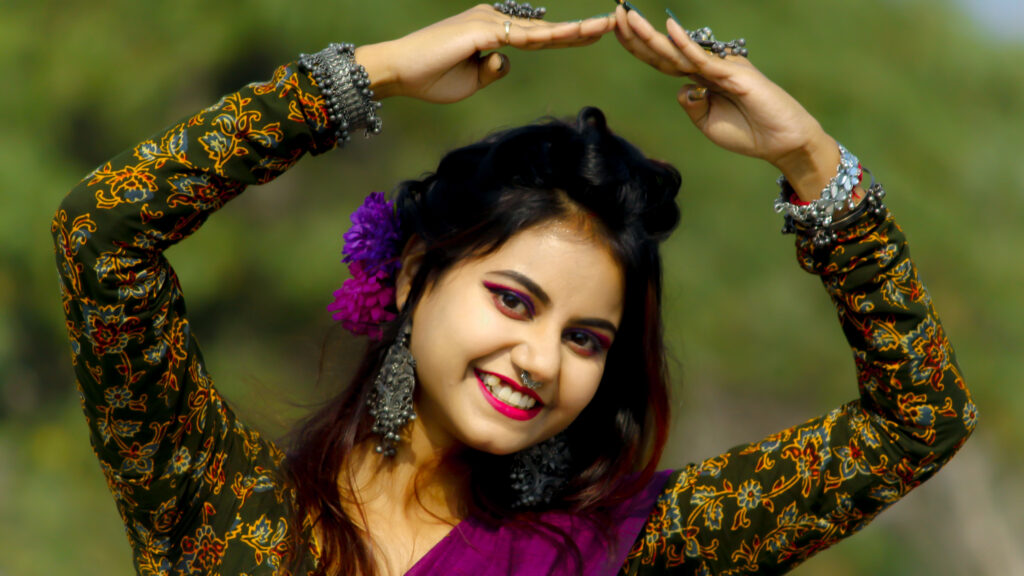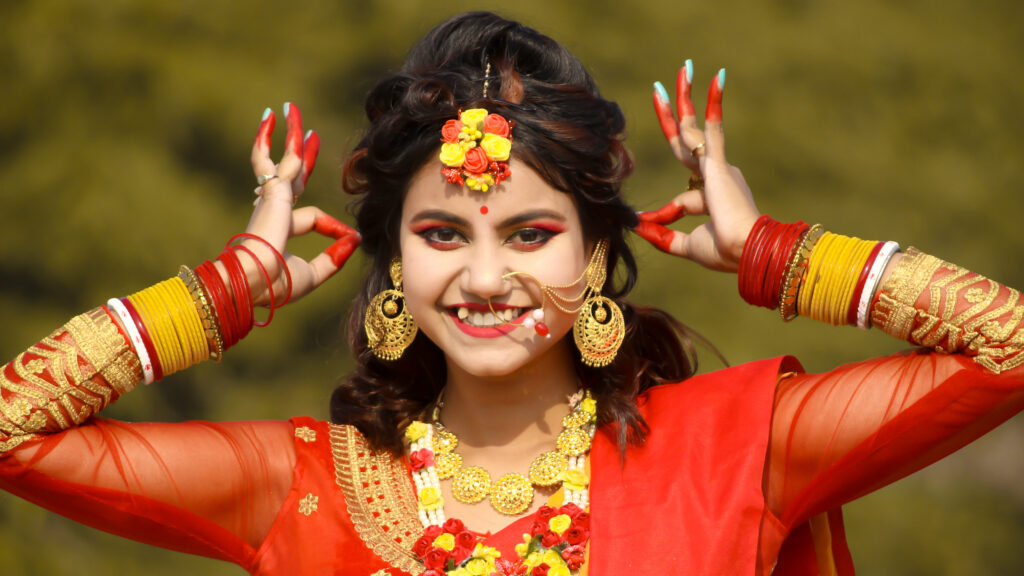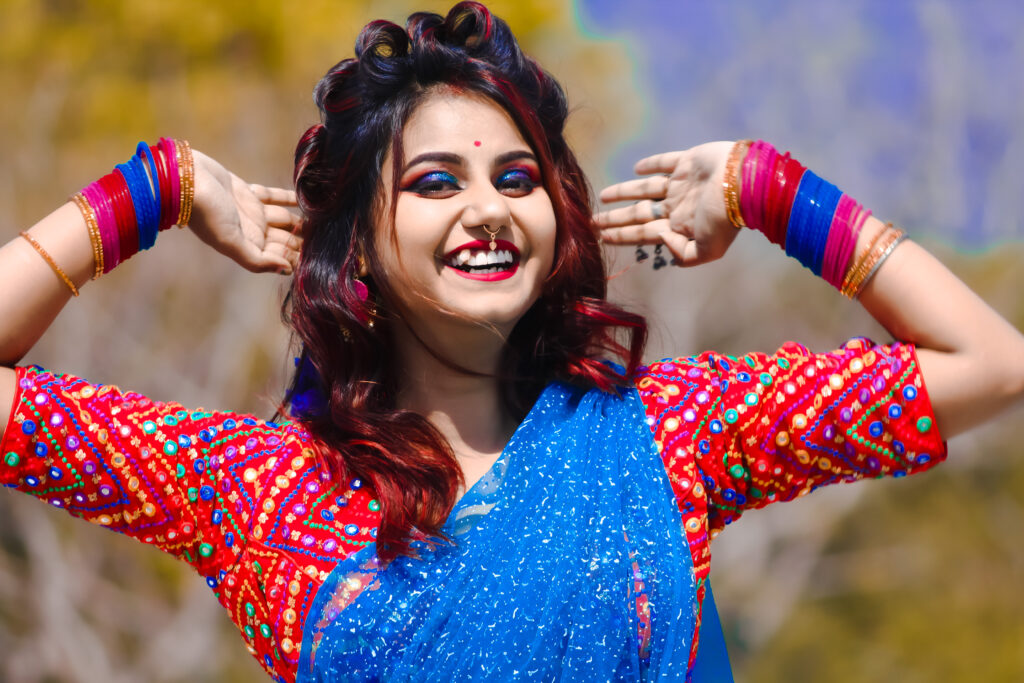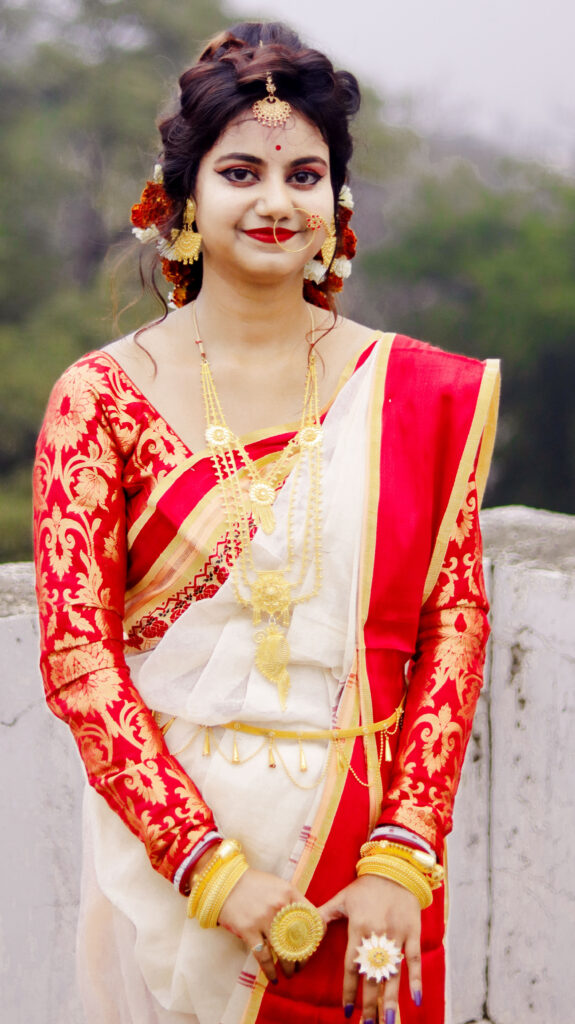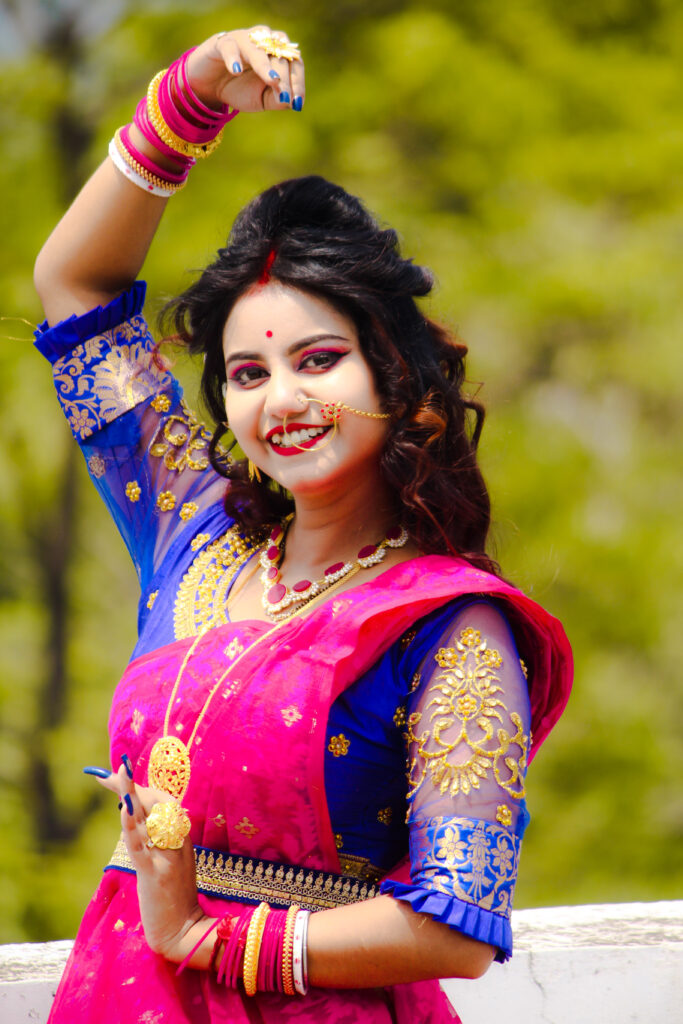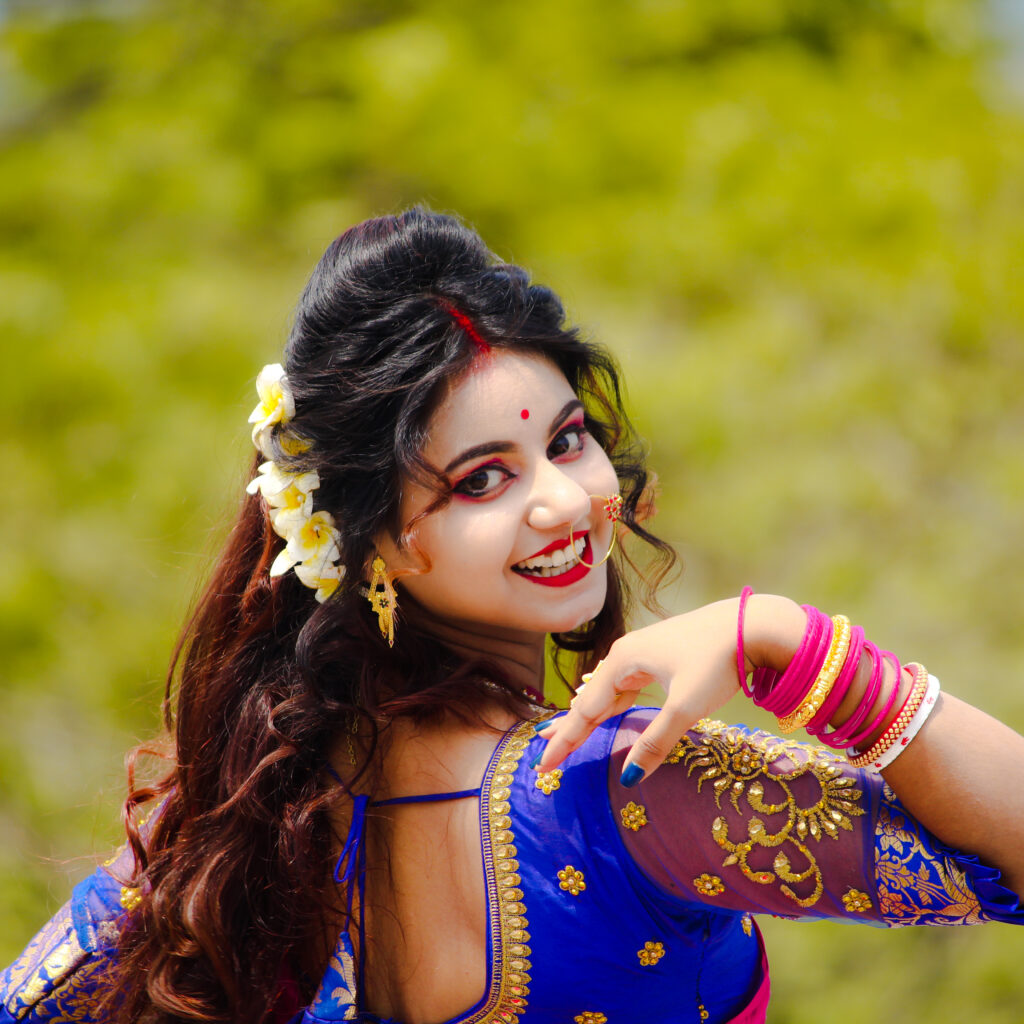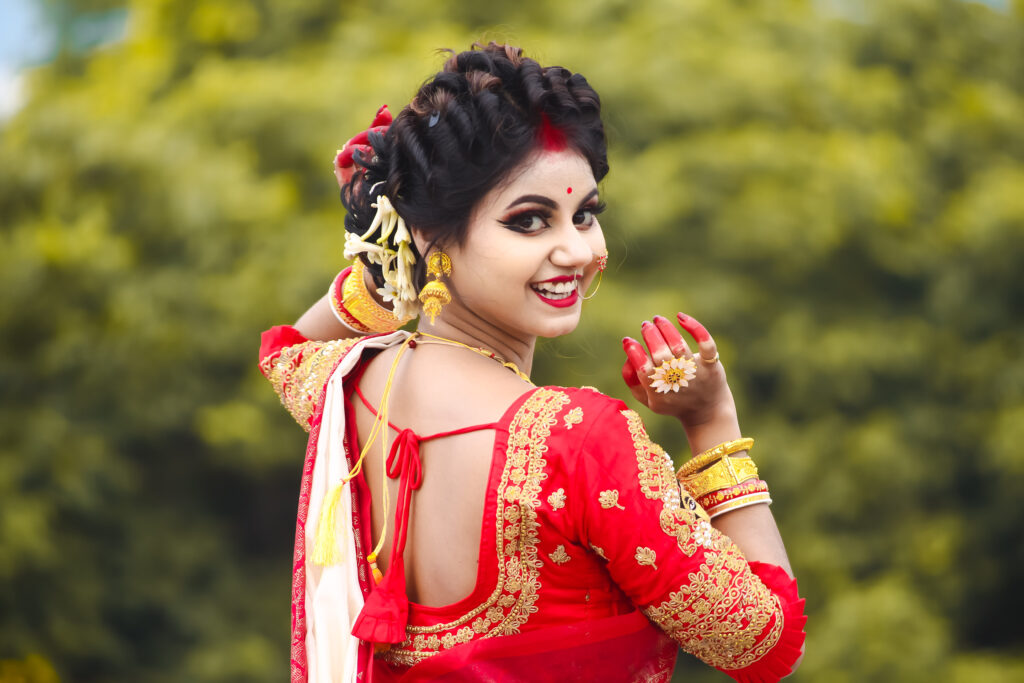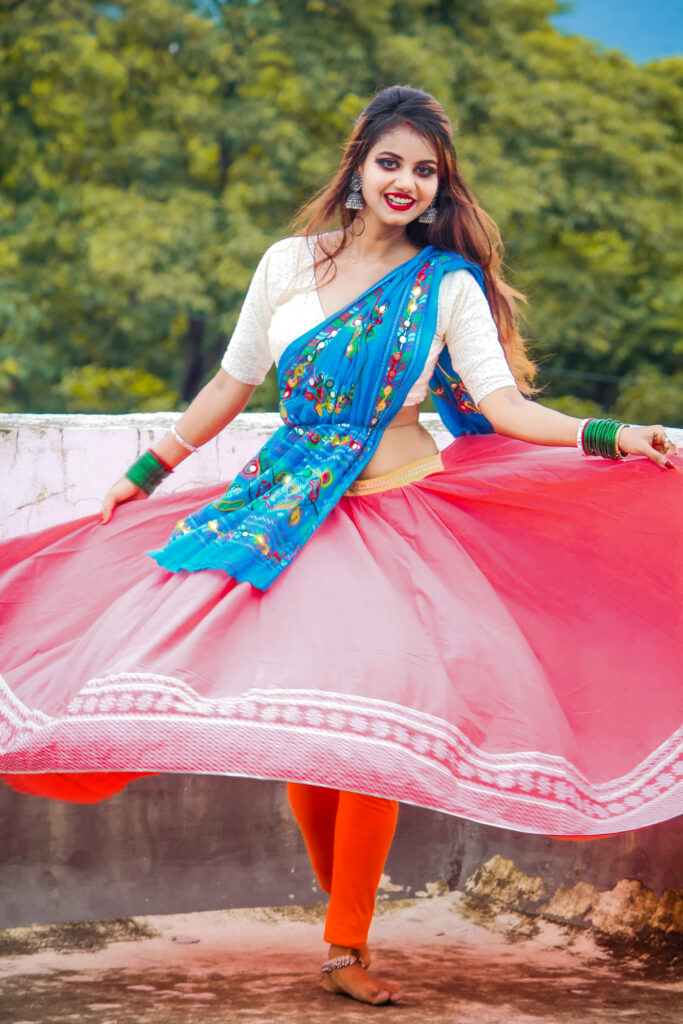Good Blouse design with saree may make your fashion design more attractive. Every woman wants to be good looking. A good looking designing blouse may create your look more attractive. So, today I will share with you some of my Saree and Lehenga looks with good Blouse Designs used in my dance videos. And at the end, Blouse Back Design also shared.
I know many of you prefer half sleeve blouse. But I can assure you full sleeve blouse with good design also create a nice fashion if you know which colored blouse should be worn with right colored saree.
What Is A Blouse
The blouse is an essential part of the ongoing tradition of Indian clothing, worn by women with saris or lehengas. It is a fitted top garment. The rich history of the blouse, a garment that was once unknown to the subcontinent, is something we have mostly missed, despite the fact that it is such an obvious item of clothing in Indian women’s daily attire.
Latest Blouse Design
Here are some pictures of my latest blouse design worn for my YouTube Dance videos. If you are searching for some creative new style of latest blouse design. You can make these types of blouse by your tailor.

Blouse Back Design
A good blouse back design may create your look more fashionable. So, many of you look for nice back designing blouses. Here I am sharing with you some of my latest blouse design with good back shape.


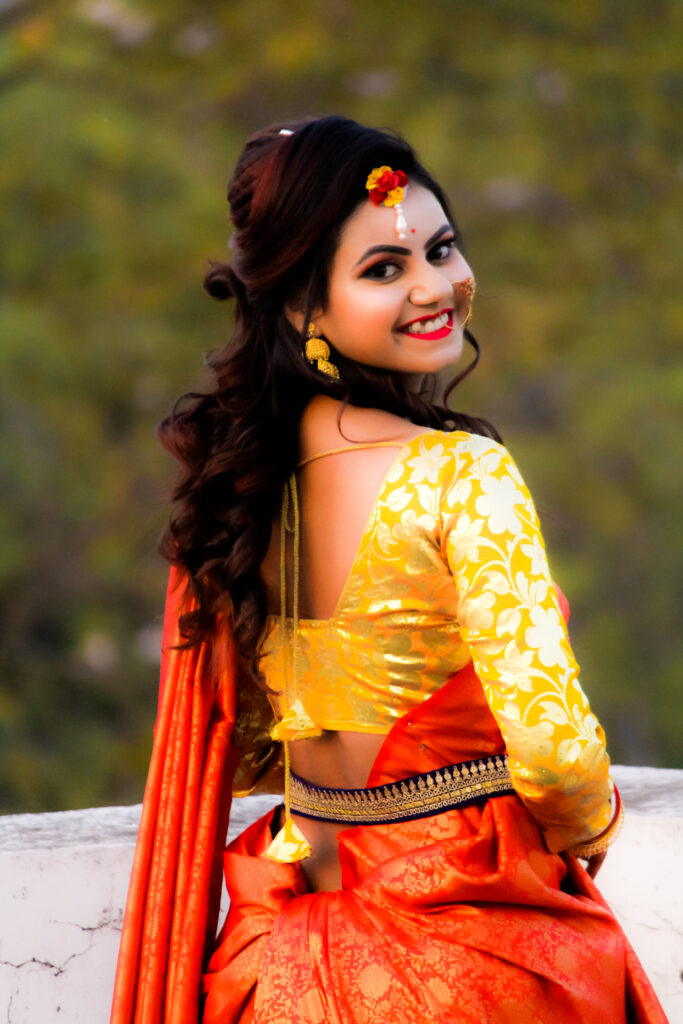
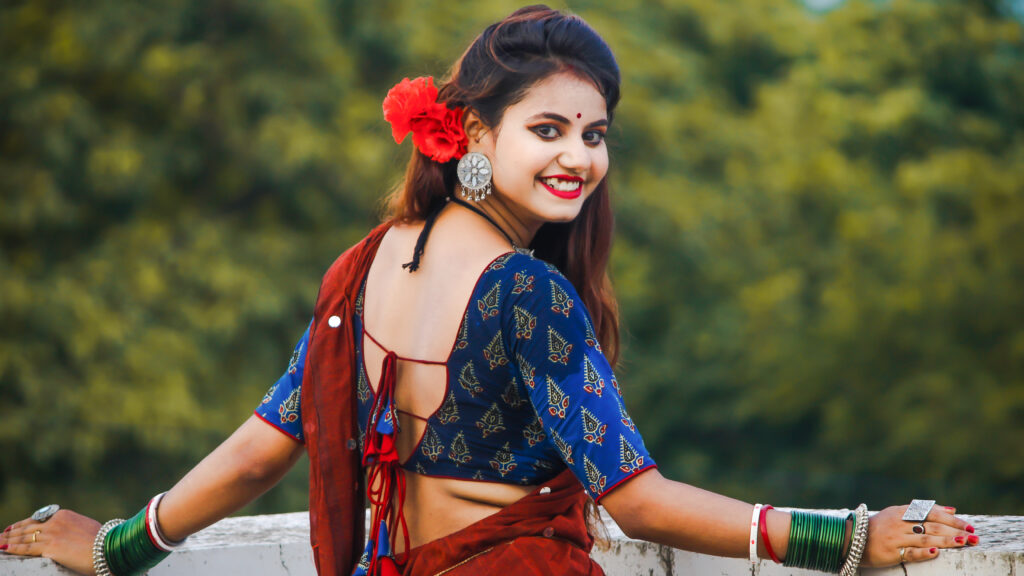
Blouse Back Design
Lehenga Blouse Design
Many don’t find a good Lehenga Blouse Design. A good looking colorful blouse is very important if you wear Lehenga. Here you will find some best lehenga blouse design ideas.

History of Blouse in India
The history of the sari blouse dates back thousands of years. Women used to cover their upper and lower bodies with “Antariya” and “Uttariya,” which were unstitched pieces of cloth, in the past.
The “Antariya” later evolved into the skirt-like lower garment known as the “Ghagra” or “Lehenga,” while the “Uttariya” finally became the sari.
In India, during the Mauryan era (322–185 BCE), the “Antariya” evolved into the “Choli,” a stitched garment. In the northwest of the Indian subcontinent, ladies would usually wear the Choli, which was a basic garment that covered only the upper torso.
The blouse’s shape and form changed over time to accommodate shifting regional tastes and fashion trends.
Mirrors, beads, sequins, needlework, and elaborate designs were among the decorative accents used. The blouse’s sleeves differed in length and design as well, ranging from short to long and even sleeveless.
The blouse complemented the sari’s fabric, color, and pattern, making it an essential component of the entire outfit. It allowed for mobility of movement, enhanced the overall aesthetic appeal, and offered modesty and coverage to the upper body.
With the onset of industrialization and Western influence in the early 20th century, the sari blouse experienced more changes. The classic blouse patterns were combined with Western-inspired designs, such as high necklines, collar styles, and backless blouses, to create a hybrid of traditional and modern features.
The sari blouse of today is still changing, mirroring the varied tastes in fashion of women from all throughout India and the Indian diaspora. Designers work with a variety of cuts, materials, embellishments, and designs to produce distinctive and stylish blouses that suit a range of preferences and events.
Who Invented Blouse in India
Jnanadanandini Devi was the woman who, all by herself, instituted a new clothing code for ladies and brought about the transformation. Jnanadanandini traveled to western India alongside her spouse after getting married to Satyendranath Tagore (first Indian to enter the Indian Civil Services). It is stated that Jnanadanandini was once turned away from a club due to her lack of “suitable clothing.” Her public persona and travels forced her to institute important changes to fashion.
After visiting Western India, Jnanadanandini, much influenced by the Parsee women and the recently introduced Parsee gara, draped her saree with the longer loose end (palla) stretched across to cover her breasts and cascading over her left shoulder.
The term “Nivi” for this saree draping method originates from the Bengali word “navin,” which means “new.”



